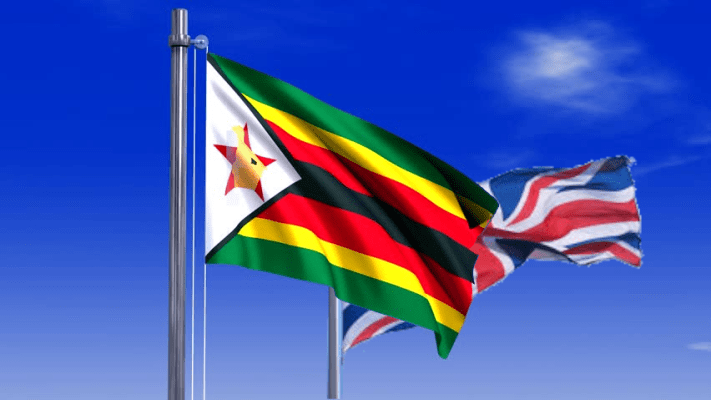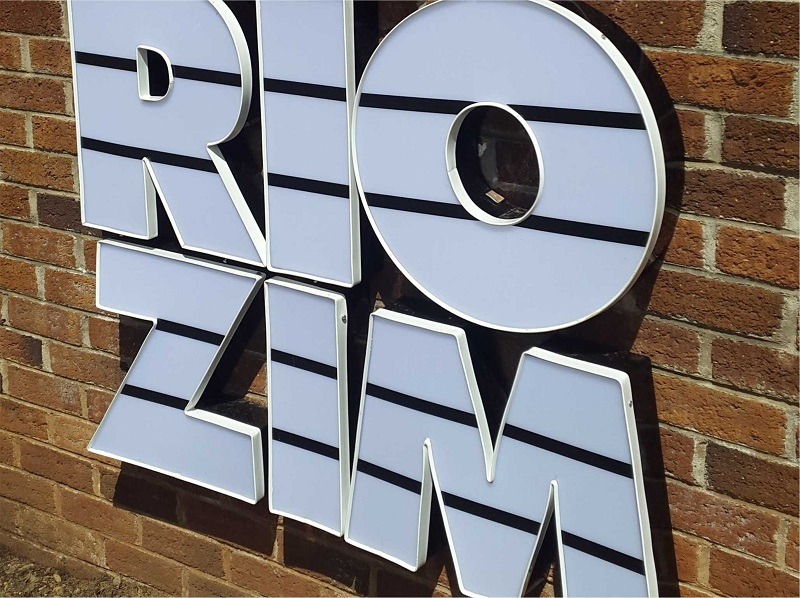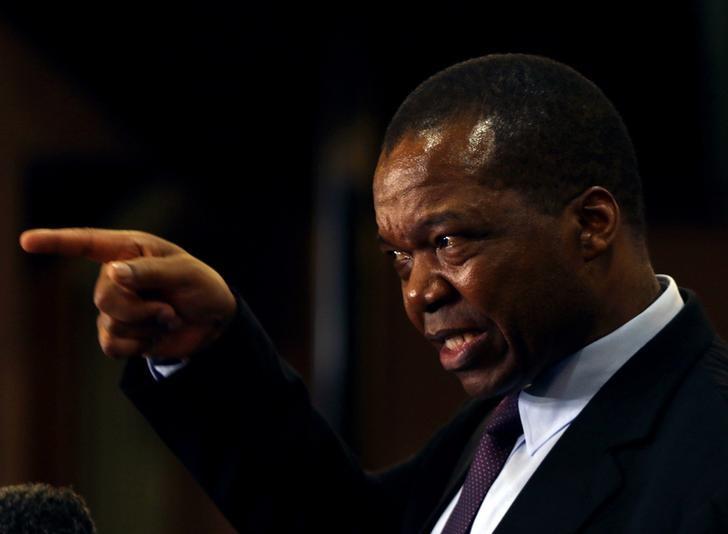RBZ explores digital version
The Reserve Bank of Zimbabwe (RBZ) is exploring the digital version of the domestic currency as the majority of respondents surveyed by the apex bank have expressed interest in using the Central Bank Digital Currency (CBDC), governor Dr John Mangudya said.
The CBDC is a new form of money that exists only in digital form. Instead of printing money, the central bank issues widely accessible digital coins for transactions. In simpler terms, a $100 digital currency would always be worth the same as a $100 bill.
This comes as the central bank chief, said the Gold Backed Digital Coins, expected to be rolled out soon as a medium of exchange for domestic transactions to complement the U.S dollars, would form the basis for the development of the CBDC.
In July 2022, the Cabinet approved that the central bank pursues the roadmap for the introduction of a CBDC for retail use amid the decline of physical cash usage.
“In this regard, a consumer survey was carried out during which 3,260 responses were received from the public,” said Mangudya in his Mid-Term Monetary Policy Statement on Wednesday.
“Notwithstanding the observed limited knowledge about CBDCs, 71,7 percent of the respondents confirmed their willingness to use a CBDC if the bank introduced it.
“It is in this evidence-based context that the bank proposes to take the road towards CBDC in measured stages as the result of the survey gives the bank sufficient impetus to move to the next stage,” Mangudya added.
Some of the countries that have already introduced CBDCs are the Bahamas and Nigeria and a survey by the US think tank revealed that around 130 more representing 98 percent of the global Gross Domestic Product are exploring whether to do the same.
With the use of the CBDC, people can hold the digital currency either in an account with the central bank or as electronic tokens, according to the World Economic Forum.
The electronic tokens could be held on mobile devices, prepaid cards or other forms of digital wallets. Businesses and other financial institutions could also use CBDC.
According to the European Central Bank, a digital currency would complement, rather than replace, physical cash.
The central bank digital money is also considered as “a risk-free form of money that is guaranteed by the state,” the ECB said, which expects to introduce a digital euro across its 27 member states by 2025.
And because they are pegged to a country’s national currency — they don’t have the volatility of privately issued digital currencies like Bitcoin, the Bank of England said.
The Federal Reserve, the U.S central bank said a CBDC would be “the safest digital asset available to the general public, with no associated credit or liquidity risk.”
The WEF said the central banks issuing and managing these digital currencies are national financial authorities that oversee a country’s currency, supply of money, and monetary policy – like setting interest rates, which change the cost of borrowing.
“Money isn’t paper and coins anymore,” said WEF, “It’s increasingly digital – and a growing number of central banks are considering issuing their own digital currencies.”
The central bank introduced the gold coins as an alternative store of value and has proved to be a critical monetary policy instrument to mop up excess liquidity.
Since their introduction, over $35 billion have mopped up from the sale of 36 059 coins.
The first batch matured in January and only 2 percent were redeemed, indicating a strong risk aversion among investors.
To complement the sale of physical gold coins and expand the value-preserving instruments available in the economy, enhance the divisibility of the investment instruments and widening their access and usage by the public, the RBZ introduced GBDT in May this year, fully backed by physical gold held by the central bank.
As of July 2023, the RBZ had issued 325,02kg of GBDT valued at $50,5 billion and US$7 794.
“The bank is at an advanced stage in the preparations for the eventual rolling out of GBDT for transactional purposes in phase two of the project under the code or name ZiG, which stands for Zimbabwe Gold,” said Mangudya.
“It is envisaged that the transactional phase will see GBDT complementing the use of the US dollar in domestic transactions.” Mangudya said the bank will conduct awareness campaigns countrywide to educate the public on the use and benefits of tokens.
“The GBDT are envisaged to form the basis for the development of the country’s central bank digital currency (CBDC) since ZiG in its current form and design exhibits most of the characteristics of a CBDC,” said Mangudya.
The central bank chief said the upward trend of month-on-month inflation, which sharply reversed in July 2023 to minus 15,3 percent is expected to continue in this month.-ebusinessweekly











